PRO UTS-280 Plus Digital Ultrasonic Flaw Detector
115000 INR/Unit
Product Details:
- Product Type Ultrasonic Flaw Detector
- Color Black
- Usage Industrial
- Dimension (L*W*H) 50x160x238 Millimeter (mm)
- Power 100-240 Volt (v)
- Frequency 50-60 Hertz (HZ)
- Click to View more
X
PRO UTS-280 Plus Digital Ultrasonic Flaw Detector Price And Quantity
- 1 Unit
- 115000 INR/Unit
PRO UTS-280 Plus Digital Ultrasonic Flaw Detector Product Specifications
- Industrial
- Black
- Ultrasonic Flaw Detector
- 100-240 Volt (v)
- 50-60 Hertz (HZ)
- 50x160x238 Millimeter (mm)
PRO UTS-280 Plus Digital Ultrasonic Flaw Detector Trade Information
- 1000 Unit Per Day
- 1 Week
Product Description
A digital ultrasonic flaw detector is a non-destructive testing (NDT) device that uses ultrasonic waves to detect and size flaws in materials. It is a portable and versatile tool that can be used in a wide range of industries, including:
1. Aerospace: Inspecting aircraft wings, engine components, and landing gear for cracks, corrosion, and other defects.
2. Power generation: Inspecting welds in pressure vessels, turbines, and piping for cracks and other defects.
3. Oil and gas: Inspecting pipelines, storage tanks, and other equipment for corrosion, erosion, and other defects.
4. Automotive: Inspecting welds in car bodies, engine components, and other parts for cracks and other defects.
5. Manufacturing: Inspecting castings, forgings, and other metal parts for cracks, voids, and other defects.
Here's how a digital ultrasonic flaw detector works:
1. A transducer is placed on the surface of the material being inspected. The transducer converts electrical energy into ultrasonic waves, which are sound waves with frequencies too high for humans to hear.
2. The ultrasonic waves travel through the material. If they encounter a flaw, some of the waves will be reflected back to the transducer.
3. The transducer converts the reflected waves back into electrical energy.
4. The electrical signal is processed by the flaw detector. The flaw detector measures the time it takes for the sound waves to travel through the material and be reflected back. This time is used to calculate the depth of the flaw.
5. The flaw detector displays the results on a screen. The results can be displayed as a waveform, which is a graph of the amplitude of the signal versus time, or as a B-scan image, which is a cross-sectional image of the material showing the location and size of any flaws.
Digital ultrasonic flaw detectors are more accurate and versatile than older analog models. They can be used to inspect a wider range of materials and can detect smaller flaws. They are also easier to use and more portable.
PRO UTS-280 Plus Digital Ultrasonic Flaw Detector Specifications:
1. Model Name/Number: PRO UTS-280 Plus
2. Weight: 1 Kg
3. Frequency: 50Hz-60Hz
4. Power: Input 100V - 240V
5. Dimension: 50x160x238 mm
6. Charger: 1.5A 9V Power Adapter Charger
| Model | UTS-280+ |
| Brand | PRO URNDT |
| Weight | 1KG |
| Frequency | 0.2 TO 20 MHz |
| Dimension | 50x160x238 |
| Gain | 0-130 Adjusting step 0.0,0.1,0.5,1,2,6,12 |
| Charger | 1.5A 9V Power Adapter Charger |
| Power | Input 100V 240V 50Hz-60Hz |
Product Description: Standard ConfigurationNo. Item Quantity1 Main Body 12 Straight Beam Probe 2.5MHz, 20mm 13 Angle Probe 4MHz, 8*9, 60 degree 14 Machine-probe Cable 25 Battery Module 16 1.5A/9V Power Adapter (Charger) 1
Digital Ultrasonic Flaw Detector FAQ:
Q. What is a digital ultrasonic flaw detector?
Ans: A digital ultrasonic flaw detector is a portable electronic device used in non-destructive testing (NDT) to detect defects and flaws in materials using ultrasonic waves.
Q. How does a digital ultrasonic flaw detector work?
Ans: Ultrasonic flaw detectors emit high-frequency sound waves into a material. When these waves encounter a boundary or flaw within the material, they are reflected back to the detector. The time it takes for the waves to return and the amplitude of the reflected signal are analyzed to determine the presence, location, and size of defects.
Q. What are the advantages of digital ultrasonic flaw detectors over traditional analog models?
Ans: Digital ultrasonic flaw detectors offer several advantages, including improved signal processing capabilities, higher resolution displays, customizable settings, data storage capabilities, and compatibility with advanced analysis software.
Q. What are the main applications of digital ultrasonic flaw detectors?
Ans: Digital ultrasonic flaw detectors are used for weld inspection, material thickness measurement, corrosion detection, structural integrity assessment, quality control in manufacturing, pipeline inspection, composite material inspection, rail inspection, and in the nuclear industry for inspecting reactor components.
Q. What types of defects can digital ultrasonic flaw detectors detect?
Ans: Digital ultrasonic flaw detectors can detect a wide range of defects, including cracks, lack of fusion, incomplete penetration, corrosion, erosion, delaminations, voids, inclusions, and internal anomalies within materials.
Q. Are digital ultrasonic flaw detectors portable?
Ans: Yes, digital ultrasonic flaw detectors are typically portable and can be easily carried to different inspection locations, making them suitable for on-site inspections in various industries.
Q. What are some key features to consider when selecting a digital ultrasonic flaw detector?
Ans: Important features to consider include frequency range, probe compatibility, data recording and storage capabilities, display resolution and size, battery life, durability, software compatibility for data analysis, and user interface ease of use.
Q. Can digital ultrasonic flaw detectors be used by non-specialists?
Ans: While digital ultrasonic flaw detectors require some training and expertise to use effectively, modern models often have user-friendly interfaces and intuitive controls, making them accessible to technicians with basic training in ultrasonic testing techniques.
Q. Are digital ultrasonic flaw detectors suitable for use in hazardous environments?
Ans: Some models of digital ultrasonic flaw detectors are designed to meet specific safety standards and can be used in hazardous environments such as those found in the oil and gas industry, petrochemical plants, and nuclear facilities.
Q. What are the maintenance requirements for digital ultrasonic flaw detectors?
Ans: Maintenance requirements typically include regular calibration, periodic software updates, cleaning of probes and equipment, and ensuring proper storage and handling to prevent damage. Manufacturers' recommendations should be followed for specific maintenance procedures.
Tell us about your requirement

Price:
Quantity
Select Unit
- 50
- 100
- 200
- 250
- 500
- 1000+
Additional detail
Mobile number
Email
 English
English Spanish
Spanish French
French German
German Italian
Italian Chinese (Simplified)
Chinese (Simplified) Japanese
Japanese Korean
Korean Arabic
Arabic Portuguese
Portuguese
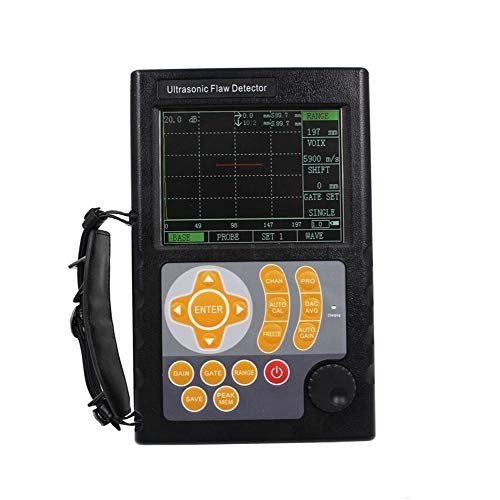

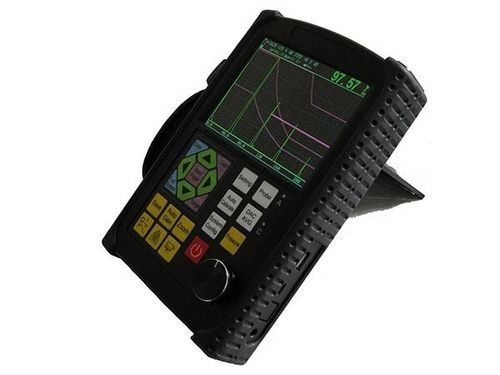
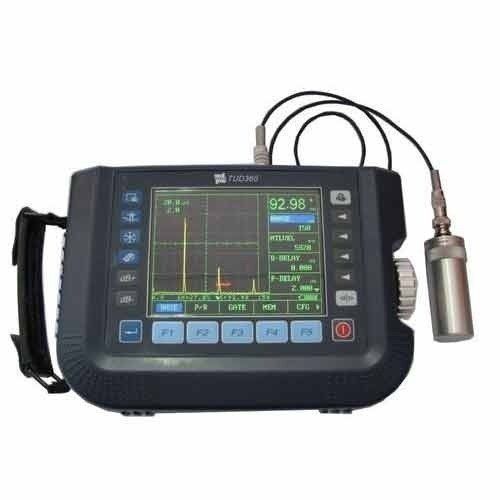
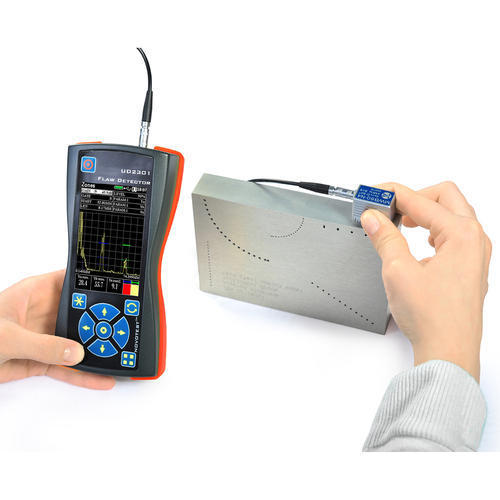
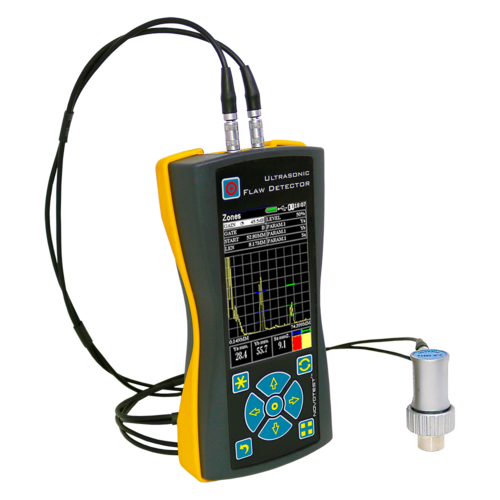
 Call Me Free
Call Me Free
